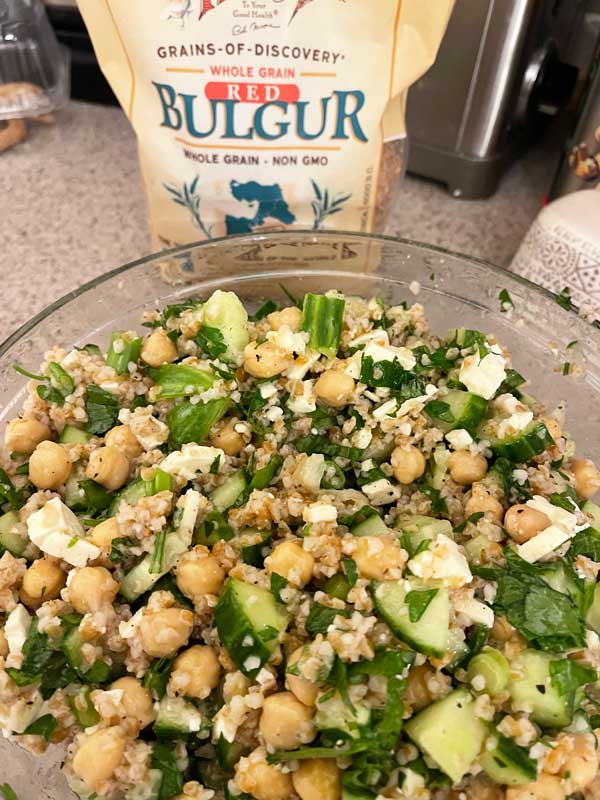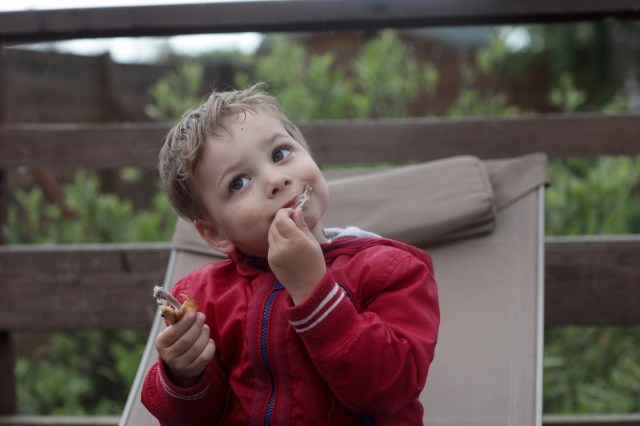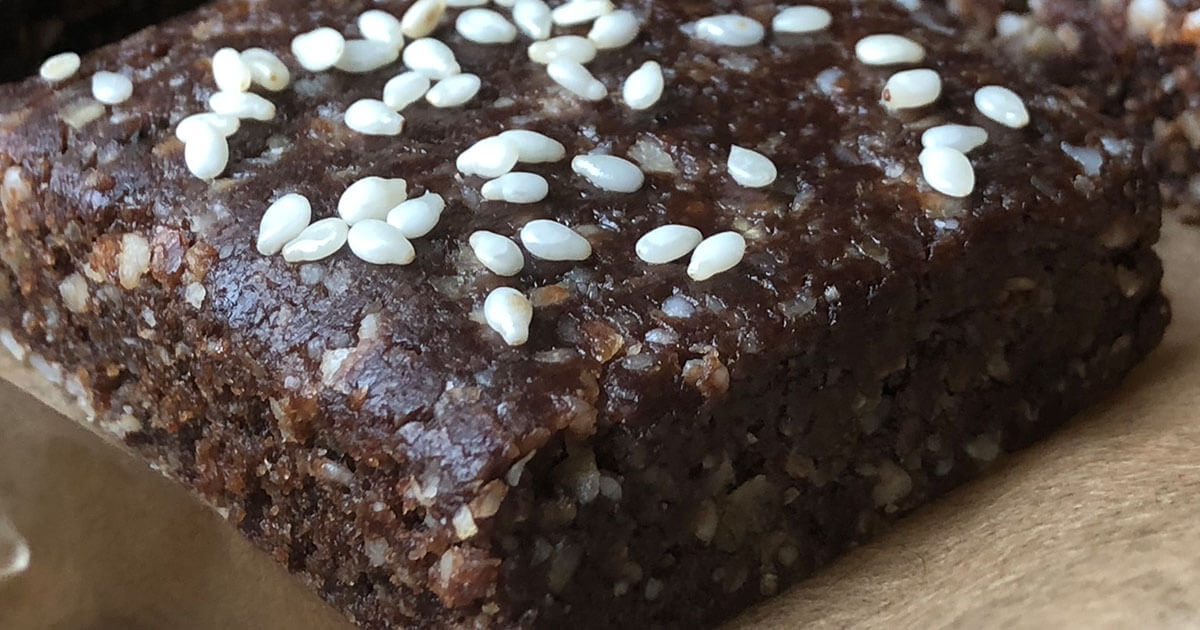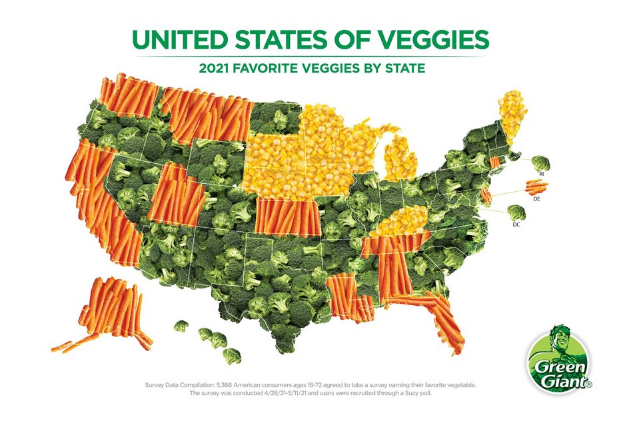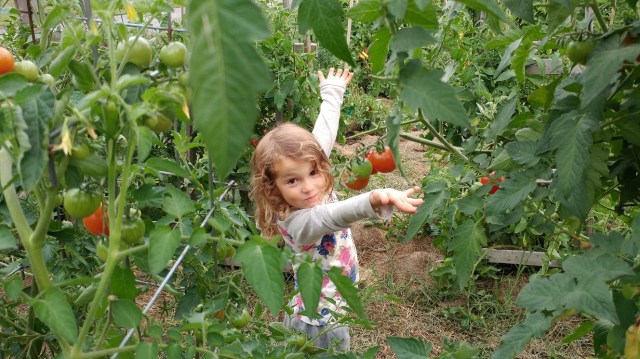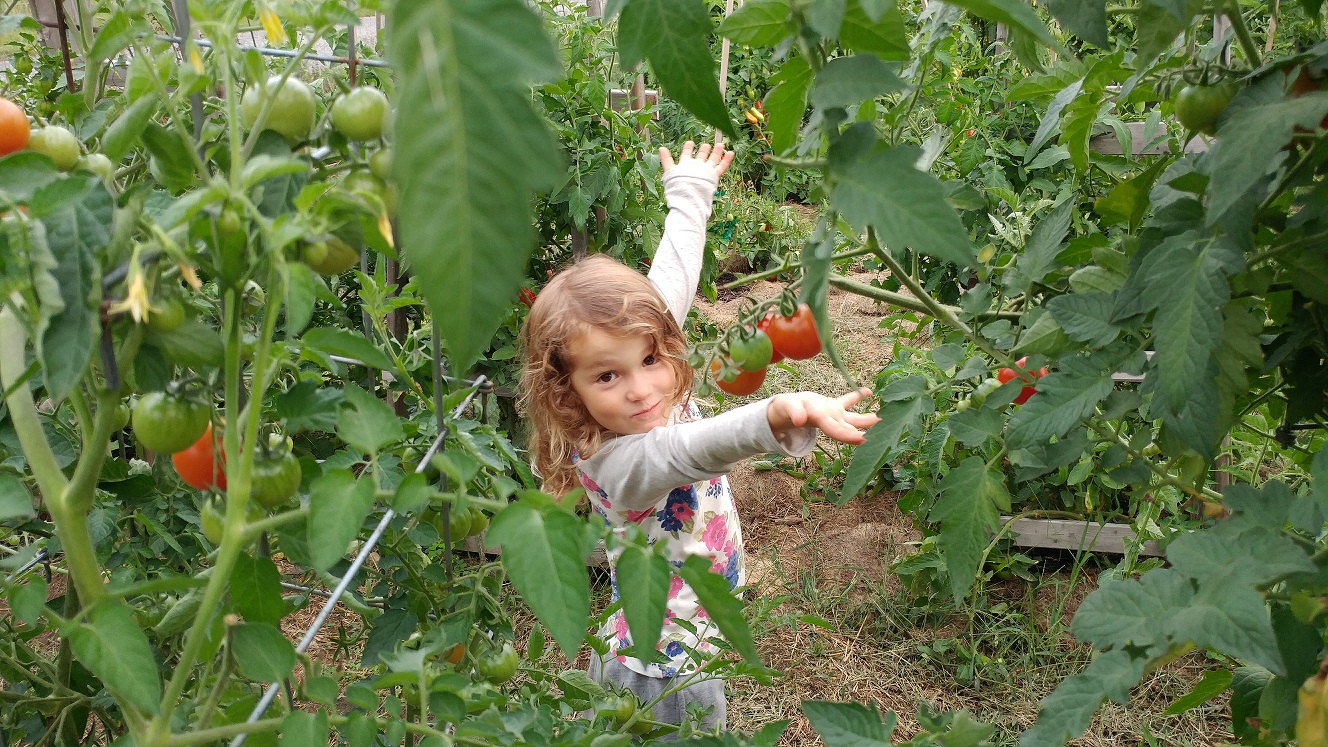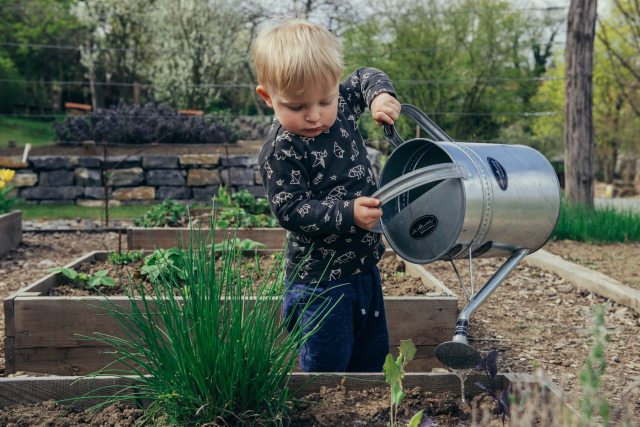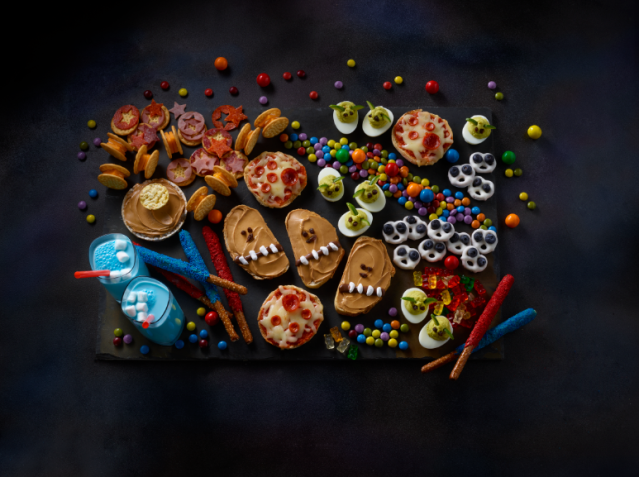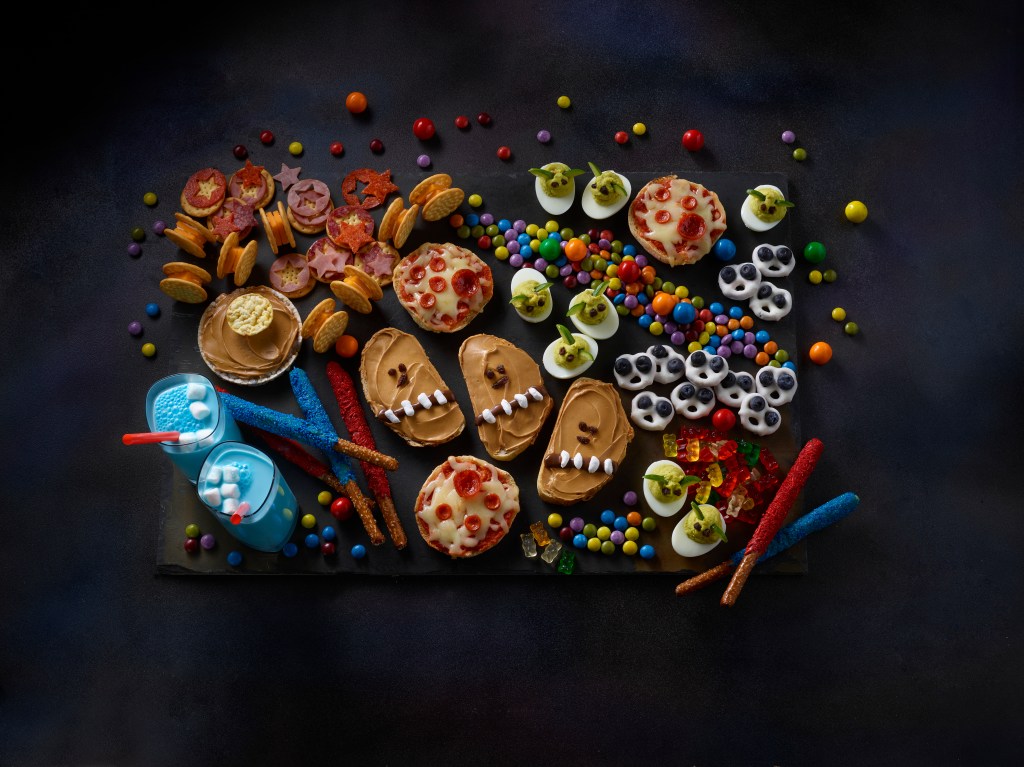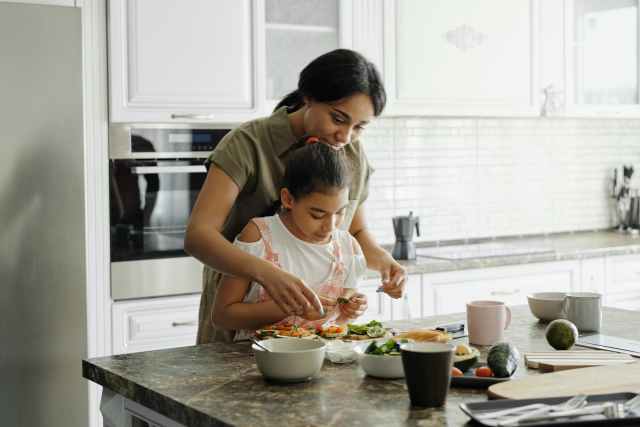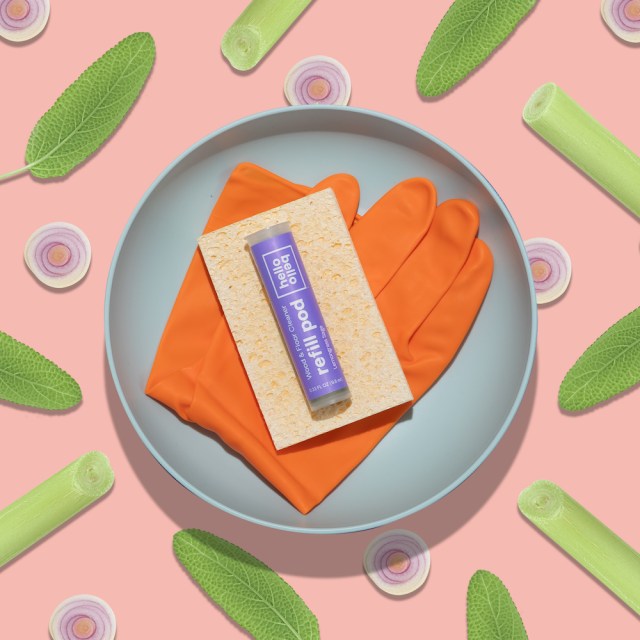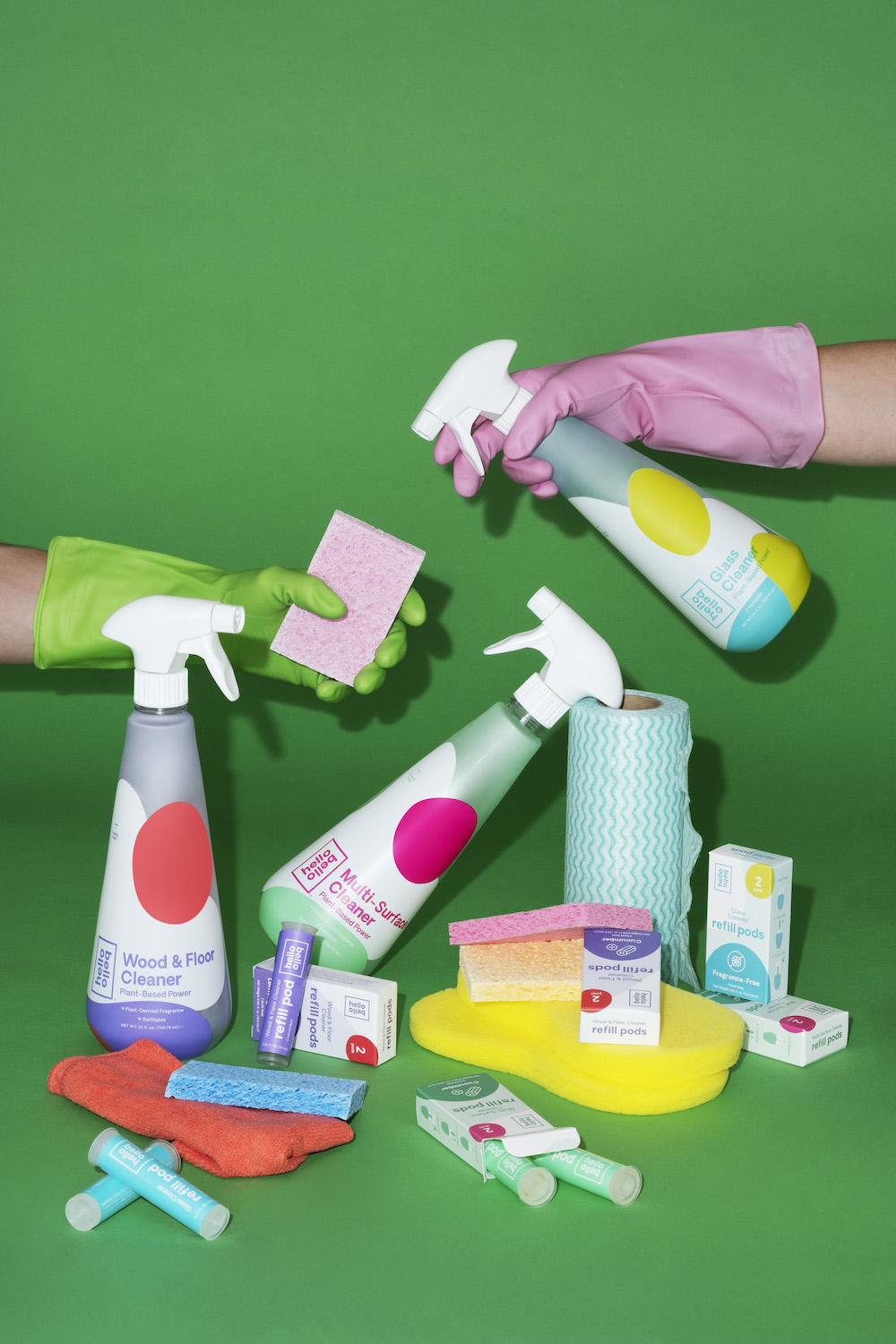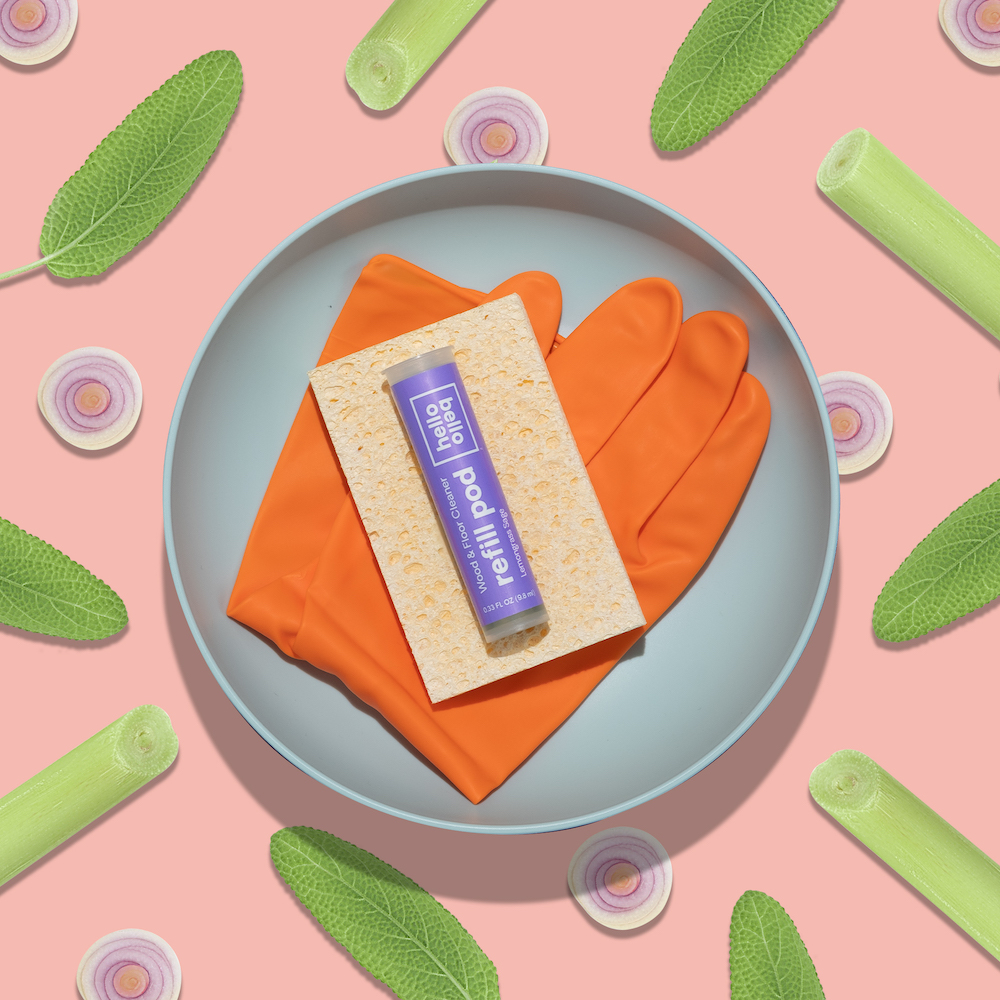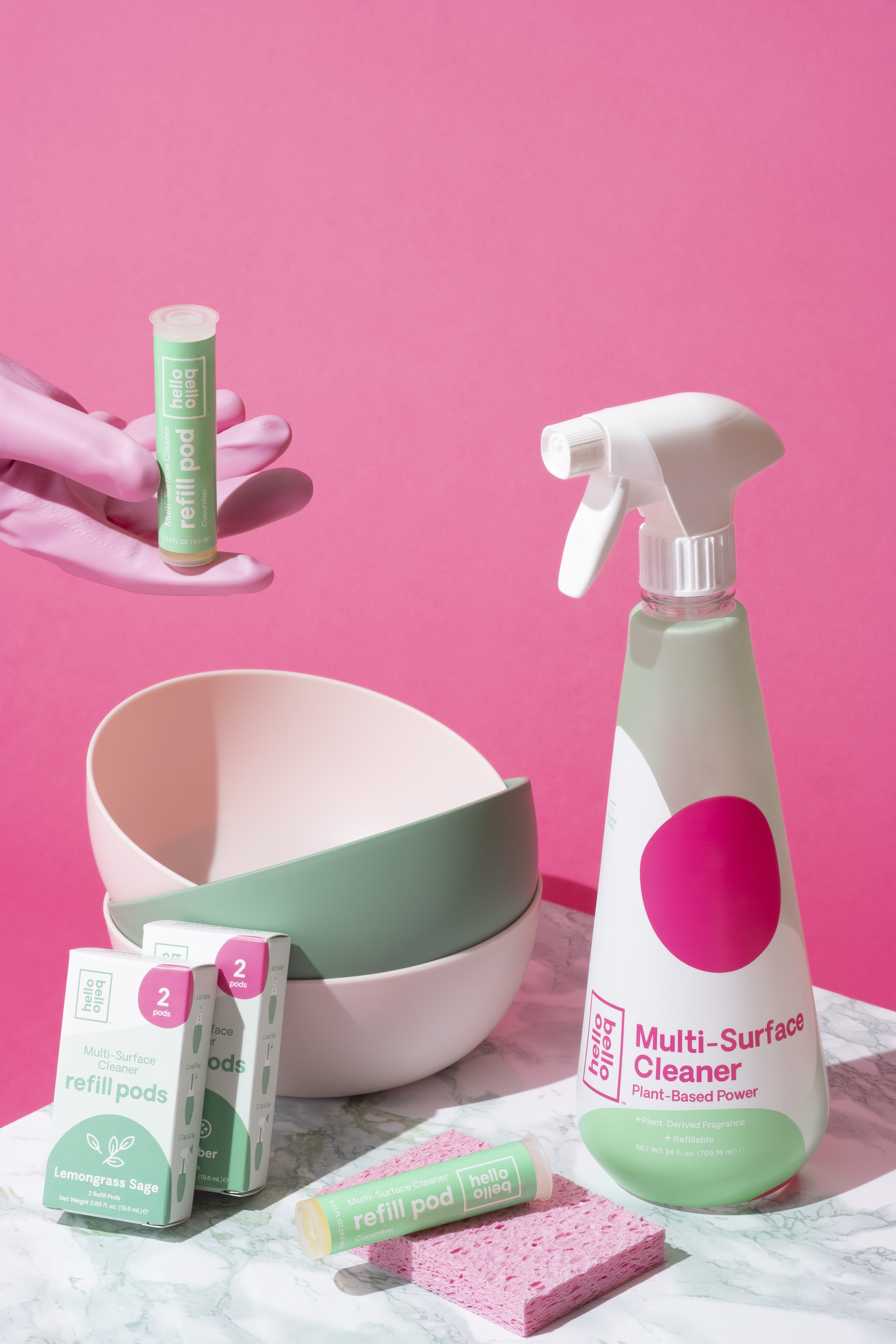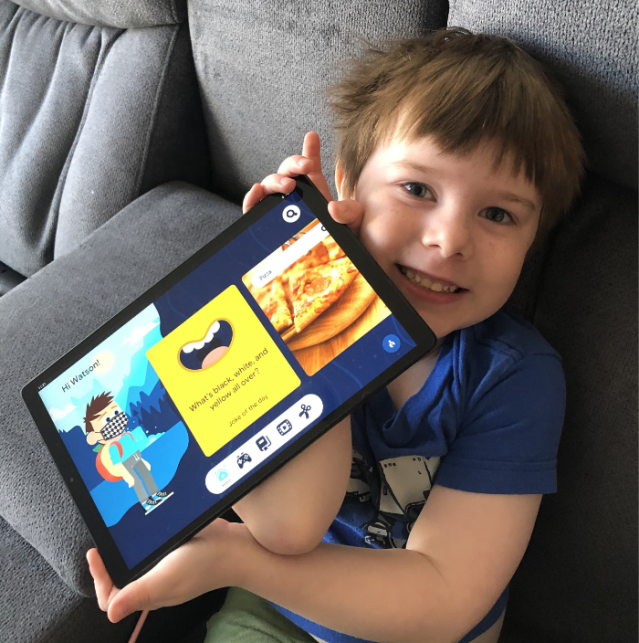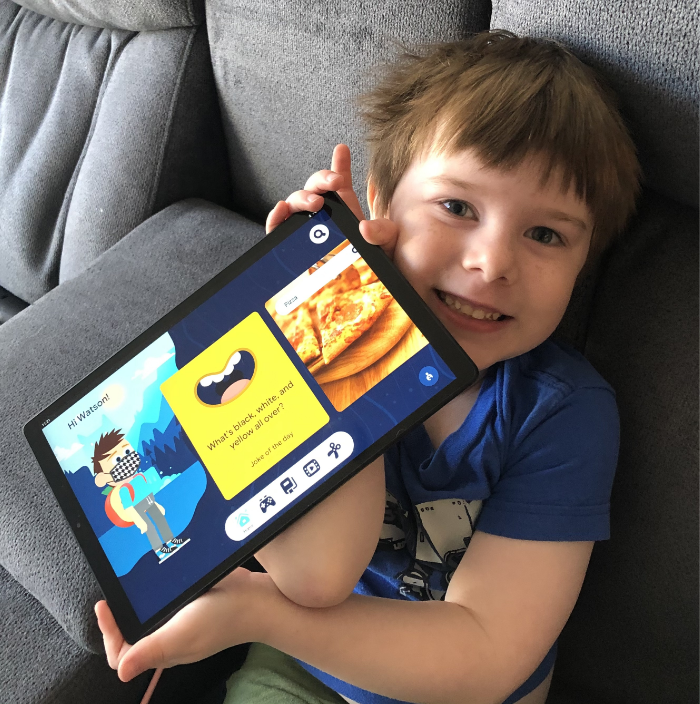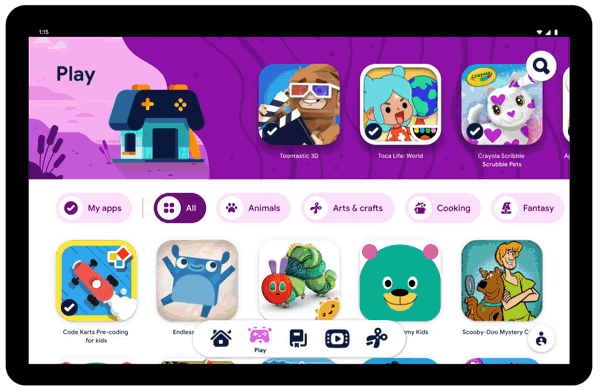Got a little comedian in your household? These Valentine’s Day jokes for kids are sure to crack a smile sweeter than any chocolate. Let the kids memorize a few to share with friends, or write them on a note for V-Day lunches. Either way, you’re sure to get a laugh, a hug, and probably at least one eye roll. If your kiddo needs more joke material to work with, try out our other jokes for kids. If you’re looking for other Valentine’s Day fun for kids, check out these DIY gifts they can make for friends or loved ones, and Valentine’s Day-themed food and treats they’ll love.

1. What do you call the world's smallest Valentine’s Day card?
A valen-teeny.
2. What did the stamp say to the envelope on Valentine’s Day?
I’m stuck on you!
3. What did one volcano say to the other?
I lava you!
4. What did the cucumber say to the pickle?
You mean a great dill to me.
5. How did the phone propose to his GF?
He gave her a ring.
6. What did the one sheep say to the other?
I love ewe!
7. And how did the other sheep respond?
You’re not so baaaaaa-d yourself.
8. What did the farmer give his wife for Valentine’s Day?
Hogs and kisses.

9. And what did the tweenager give his mom?
Ughs and kisses!
10. What did one light bulb say to the other light bulb on Valentine’s Day?
I wuv you watts and watts!
11. What do you say to an octopus on Valentine’s Day?
I want to hold your hand, hand, hand, hand, hand, hand, hand, hand!
12. What do you call a ghost’s true love?
Their ghoul-friend.
13. What do you write in a slug’s Valentine’s Day card?
Be my Valen-slime!
14. Knock Knock
Who's there?
Luke
Luke who?
Luke who got a Valentine!
15. Why is Valentine’s Day a good day for a party?
Because you can really party hearty!
16. What kind of flowers should you NOT give on Valentine’s Day?
Cauliflowers!
17. What do owls say to declare their love?
Owl be yours!
18. What did one bee say to the other?
I love bee-ing with you, honey!

19. Knock Knock
Who's there?
Olive
Olive who?
Olive you!
20. Why do skunks love Valentine’s Day?
They are very scent-imental creatures.
21. What’s the best part about Valentine’s Day?
The day after when all the candy is on sale.
22. What did the painter say to her sweetheart?
I love you with all my art.
23. What did Robin Hood say to his girlfriend?
Sherwood like to be your valentine.
24. Why did the sheriff lock up her boyfriend?
He stole her heart.
25. What do you call two birds in love?
Tweethearts!
26. What shade of red is your heart?
Beat red!
27. What did one cat say to the other cat on Valentine's Day?
Don't ever change, you're purrrfect.
28. Why would you want to marry a goalie?
Because he (or she) is a real keeper!
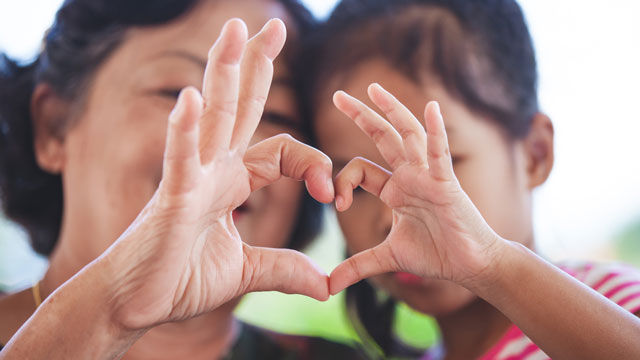
29. What type of shape is most popular on Valentine's Day?
Acute triangle.
30. Have you got a date for Valentine's Day?
Yeah, it's February 14th.
31. What did Frankenstein's monster say to his bride on Valentine's Day?
Be my Valenstein!
32. What flowers get the most kisses on Valentine's Day?
Tulips (two-lips).
33. Who always has a date on Valentine's Day?
A calendar.
34. Knock knock!
Who's there?
Atlas!
Atlas who?
Atlas, it's Valentine's Day!
35. What kind of candy is never on time?
Choco-LATE.
36. Why was the rabbit happy?
Because somebunny loved him!
—Joshua Y., age 9
37. Why don't you ever date a tennis player?
Because love means nothing to them.
—Joshua N.
38. What do girl snakes write at the bottom of their letters?
With love and hisses.

39. What did one squirrel say to the other squirrel on Valentine's Day?
I'm nuts about you!
40. What did the raspberry say to his valentine?
I love you berry much.
41. What's the most romantic utensil?
A fork because it has Valen-tines.
42. What Valentine's message was on the honeycomb?
Bee mine.
43. What did one oar say to another?
"Can I interest you in a little row-mance?"
44. What are artichokes known for?
Their hearts.
45. On Valentine's Day, what did the calculator say to the pencil?
"You can count on me."
46. What kind of candy is always late on Valentine's Day?
Choco-LATE
47. What does a Jedi Master say on Valentine's Day?
Yoda one for me.
48. What did the magnet say to the paperclip?
I find you very attractive.
49. What did the scientist say to their sweetheart?
"You must be made out of oxygen and neon because you are the ONe"







